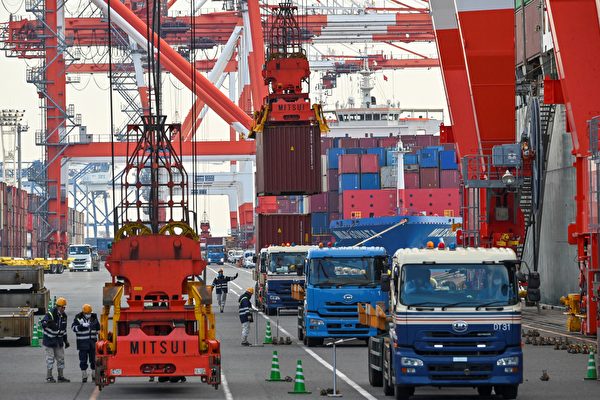In recent years, the relationship between China and Japan has been deteriorating. A new survey shows that as tensions in diplomatic relations between China and Japan escalate once again, the increasing business risks and declining market share have prompted Japanese companies to accelerate their reduction of reliance on manufacturing and sales in China. The current situation of tension between China and Japan serves as a reminder to the business community of the risks of doing business in China.
According to a report by Nikkei Asia on November 26, a survey released last week by the Japan Data Bank revealed that among companies with overseas businesses, only 16.2% consider China as their most important market, a decrease from 23.8% in 2019. Meanwhile, the proportion of companies considering China as their most important market has also dropped from 25.9% to 12.3%.
The survey was conducted from October 20 to 31, covering 1,908 companies, of which 59% had more than 1,000 employees. This shift aligns with the trend of decreasing trade with China over the past few years.
In 2024, Japan’s exports to China saw a consecutive decline for the third year. According to data from the Japan External Trade Organization (JETRO), Japan’s exports to China in 2024 decreased by 24% compared to 2021.
Among them, exports of automotive components experienced a double-digit decline for three consecutive years, while Japan’s market share in the Chinese new car market halved to 11.2%, with Japanese domestic brands occupying two-thirds of the market share. Exports of “specific function machines” such as industrial robots also saw a double-digit decline for three consecutive years.
From 2021 to 2024, Japan’s imports from China declined by 10%. In 2024, China’s share of imports for laptops decreased by 4.3 percentage points to 94.4% compared to the previous year, while Vietnam’s share saw a significant increase. China’s import share for smartphones also slightly decreased by 1.8 percentage points to 87.7%, with growth in Vietnam and India’s share.
The recent remarks by the Chinese Communist Party regarding Japanese Prime Minister Kanaiwanae’s statement on November 7 in parliament about “Taiwan-related issues” have once again politicized the Chinese, warning them not to travel to Japan and study there, while also imposing another ban on importing Japanese seafood products. These series of actions by the Chinese Communist Party highlight the risks for companies engaging in business activities with China.
Prior to the current escalation of tensions in Sino-Japanese relations, some industries in Japan had already begun to diversify their strategies to reduce dependence on the Chinese market. In the tourism sector, the percentage of visitors from mainland China and Hong Kong in Hokkaido dropped from 42% in the same period in 2019 to 23% in August.
Industry insiders indicate that currently, demand from Korean visitors leads in the region.
Japanese baby product manufacturer Pigeon is also increasing its investment in India and Western countries to reduce reliance on China.
According to a Reuters report in early November, the world’s largest automaker Toyota and Suzuki, which dominates the Indian market with nearly 40% market share, have separately announced a combined $11 billion investment in India to strengthen manufacturing and export capabilities in this third largest global automobile market. Honda has also stated that it will use India as a production and export base for one of its planned electric vehicles.
Several industry executives point out that India’s low labor costs, abundant workforce, and incentives from the Modi government are key factors leading them to shift their focus away from the Chinese market and manufacturing base.
In a report on Asian investment trends published by the Japanese Ministry of Economy, Trade and Industry in January 2025, it is mentioned that Japan’s foreign direct investment in China has been declining since the pandemic. The report highlights that changes in environmental regulations, energy costs, and labor prices have led companies to continue reviewing the distribution of factories.

